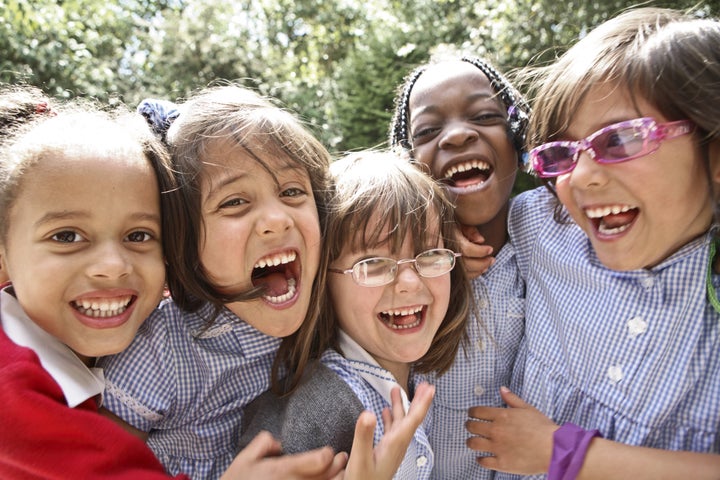
As schools look for more time to squeeze in math, reading and other academic subjects, a long-time cornerstone of elementary school life has taken a hit: recess. According to national estimates, first graders in U.S. public schools in 2005 averaged just under 28 minutes of recess a day. By grade six, it's roughly 24.
But an alternate model, inspired by the Finnish system of peppering short breaks throughout the day, hopes to reverse the tide against unstructured playtime by encouraging schools to add back precious recess minutes in order to curb burnout and improve learning.
Dubbed the "LiiNK Project" and founded by Debbie Rhea, associate dean of research in Harris College of Nursing and Health Sciences with Texas Christian University, the program has two arms: A character development component intended to foster intangibles like empathy and self-worth, and a restructuring of recess modeled after Finnish schools. In a conversation with The Huffington Post, Rhea emphasized the importance of the character development curriculum, which is taught through three, 15-minute lessons per week. But it is the call for more recess that has captured national attention.
Participating kindergarten and first grade classrooms aim to give students four 15-minute breaks a day. There are two in the morning and two in the afternoon.
"It's a very basic need for human beings to have these breaks," Rhea told The Huffington Post.
"It's great for the kids, but it's a really good break for the teachers also," she said. Overall, Rhea described the feeling in the classrooms as simultaneously more relaxed and more focused.
Gail Hutchinson, a first grade teacher with Trinity Valley, a participating private school in Fort Worth, Texas, says the frequent breaks help her young students "get their wiggles out" -- a benefit that cannot be overstated in the context of high-energy six- and seven-year-olds.
"We hit them hard with new skills in the morning, like math, then they go outside for 15 minutes. When they come back in, their brains are ready to absorb again," she said. Her students are more focused during classroom time, because they know they're guaranteed another play break soon.
Transitions in and out of recess were difficult at first, Hutchinson said. The students need to line up, get in and out of any outerwear and settle back down quickly when they come inside. But they picked it up within a month.
"They know, in order to keep having these breaks, we're going to have to work hard, and they're more apt to work hard anyway because they know they've got another break coming soon," she said.
Of course, LiiNK -- which is now being utilized in the kindergarten and first grade classrooms of a handful of public and private schools, primarily in Texas -- is not the only model taking a hard look at the benefits of recess. A program called Playworks, which provides coaches who help schools improve the quality of recess, to make it more inclusive and transformative, has helped schools decrease bullying and improved transition times from play to learning. Groups like The American Academy of Pediatrics have called recess "crucial," arguing that it not only provides a much-needed break, but helps foster intangibles such as perseverance and communication.
LiiNK has its own specific criteria for measuring success, among them, the measuring of misbehavior during recess and off-task behavior during lessons by watching students for 10-second intervals, 10 times a day.
Teachers also use more informal markers. Hutchinson has seen an improvement in students she laughingly calls her "frequent fliers" -- children who frequently ask to go to the bathroom or get a drink. The nature of recess has also changed, she believes. She's finding her students are more imaginative in the time allotted to them, making up creative games of their own.
And parents say they see a difference, too.
"I don't know if I would say she's more tuckered out," said Becca Williams of her daughter Emily, a first grader at Eagle Mountain Elementary in Forth Worth, who she described as active and outgoing.
"But when she gets home from school now," she continued, "she doesn't have that need to run and finally get all of her energy out."
Also on HuffPost:
